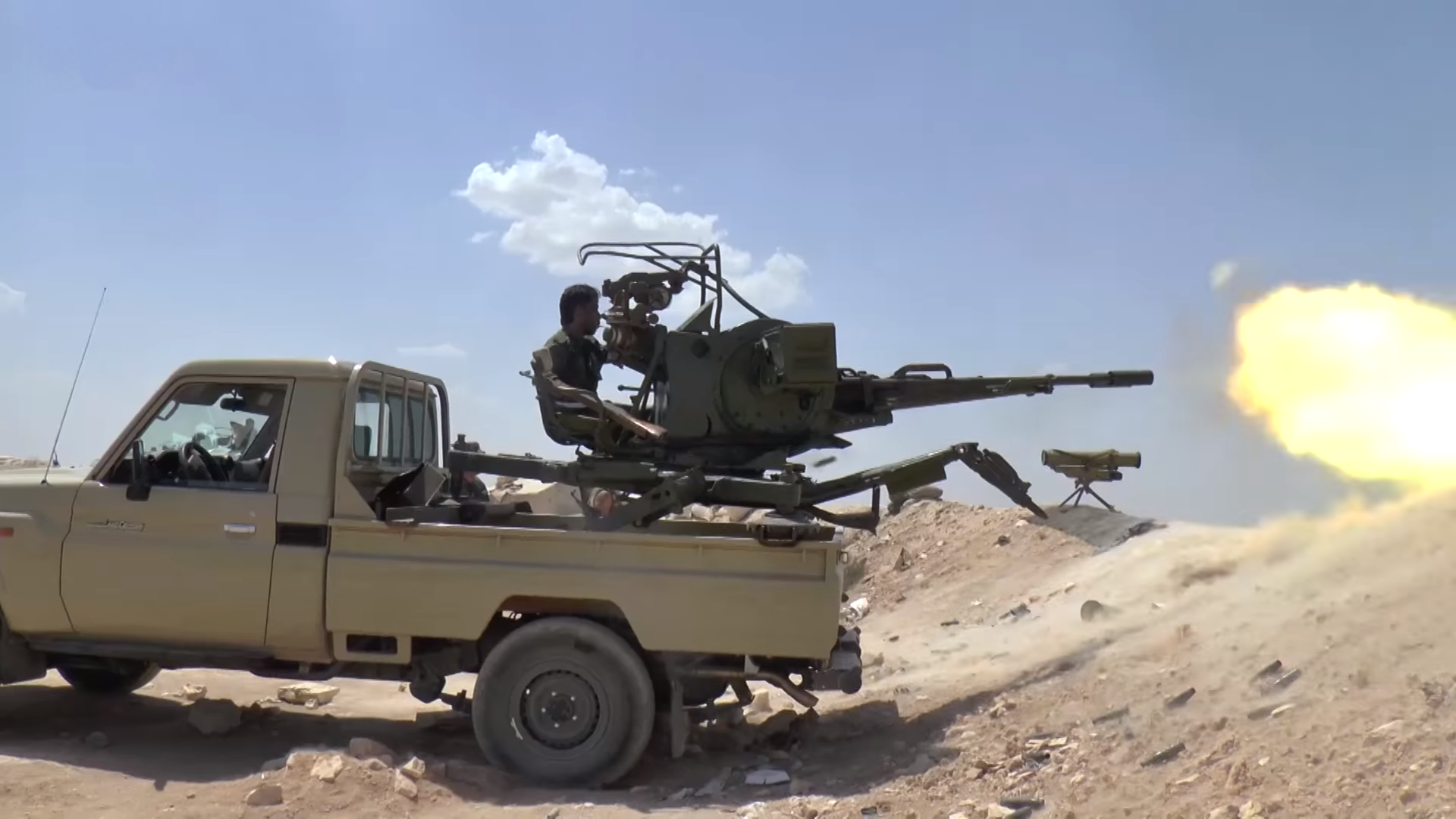In the blood-splattered ruins of Syrian cities, the world saw the beginning of the end of the Arab spring. Mass demonstrations gave way to mass killings and the Arab Spring turned into a winter. In Tunisia and Egypt, peaceful demonstrators overthrew their regimes without firing a single bullet, but what is so different about Syria that it splintered into a protracted, fragmented civil war?
Though media coverage of current events in the war-torn country are sporadic and not entirely reliable, the roots of the conflict can still be unpacked to explain the reality of the present.
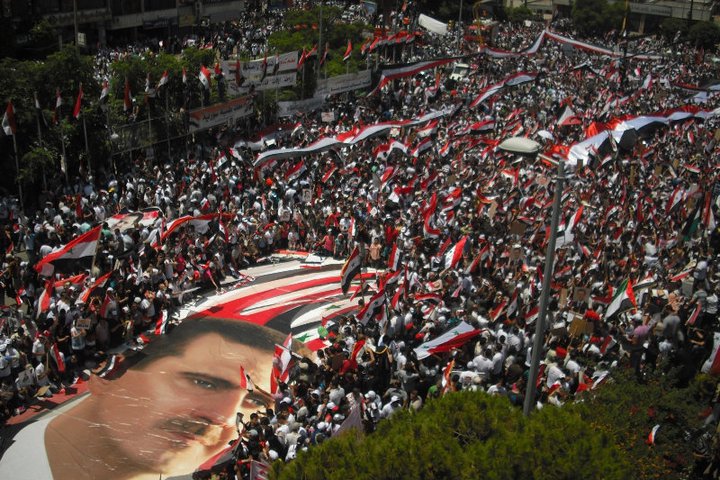
The immediate causes of the Syrian Civil War
In March 2011, in the small southern city of Dara’a, a group of children spray-painted anti-government slogans on the walls of their school. The words they painted were the same slogans that they had heard on TV reports from Egypt and Tunisia. “The people want the fall of the regime” and “Bashar out now!” was what they wrote, and although quite powerful statements, it was not the words themselves that sparked the Syrian Revolution. Instead, it was the regime’s heavy-handed response.
The pre-teenage children were rounded up and tortured. They had been beaten, burned with cigarettes and had their fingernails torn out. Their bodies were returned to their families with a clear message: this is the price of revolt.
At first, the protesters’ demands were extremely timid – the people had not lost fear of the regime. In Egypt and Tunisia, the army had either significantly supported the demonstrators or stood aside. Egyptians demanded the ousting of Mubarak. In Syria, however, citizens still feared the state and initially demanded only dignity, responsibility for the torture of the children in Dara’a, employment – which was hovering above 50 per cent for youth – and cheaper housing.
President Assad’s cousin, the governor of Dara’a, deployed the security forces to break up the funerals of the children and protests. But instead of putting down the revolt, the repression only pushed more people into the streets. In those critical first few days, plain-clothes gunmen opened fire on the protests. The regime insisted they were terrorists hoping to defame the government and provoke people into an Islamist revolt. Protesters fingered the loyalist Shabiha (ghost troop) militias.
On 25 April 2011, uniformed Syrian Army soldiers began the siege of Dara’a with tanks, artillery and small arms fire against unarmed demonstrators and those seeking refuge in the Al Omari mosque, footage of which ended up all over YouTube and social media. Those soldiers who refused to fire were themselves shot on the spot. The defecting soldiers who escaped were treated by civilians in Al Omari.
Even after the killings in Dara’a, the majority of the disorganised Syrian opposition still believed that non-violent revolution was possible. For the next year, demonstrations spread and became a hallmark of post-prayer Fridays across the country, but the regime continued to meet them with brutal crackdowns. The turning point was the Siege of Homs. In May 2011, the army surrounded the west-central area of the city, which was seen as a hotbed of the opposition. The majority Sunni neighbourhood of Baba Amr was particularly severely punished.
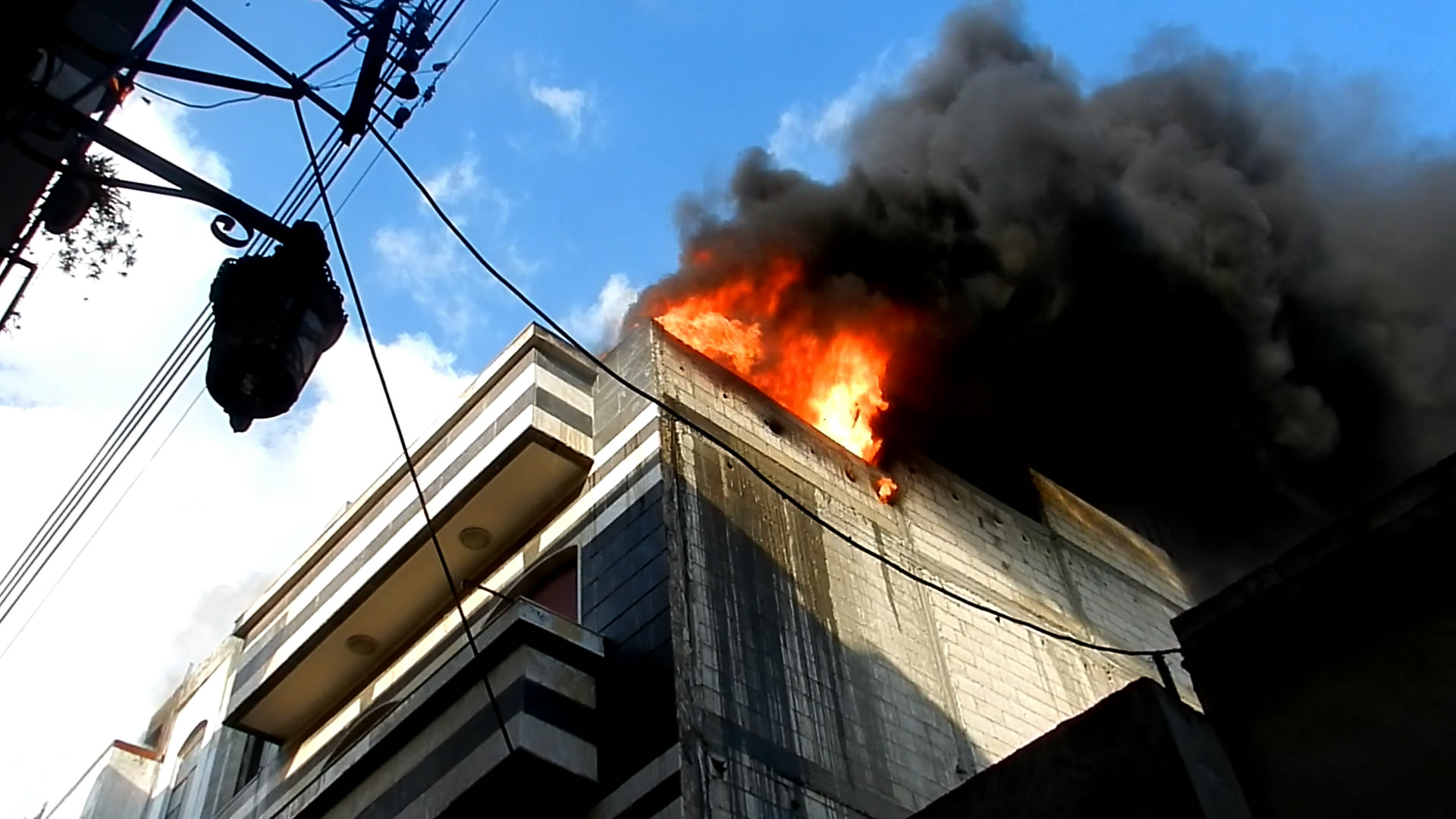
In July, with the siege ongoing, a group of military defectors led by Colonel Riad al-Assad formed the Free Syrian Army (FSA) to protect demonstrators. Up until Homs, the small FSA had avoided outright confrontation with the regime’s army and relied on hit-and-run tactics. But as the siege raged, it became apparent that armed confrontation was inevitable.
After the FSA bombed the National Security headquarters, the regime turned ferocious, pounding the opposition with overwhelming artillery and air power, not only in Damascus but especially in Homs. The siege would continue for the next two years and end in a Stalingrad-like ghost town of concrete ruins. Soon tensions began to emerge between Islamist and secular factions in the opposition.
At the beginning of Bashar al-Assad’s rule, however, it appeared that things could have been different. When he assumed power in 2000 after his father’s death, Syrians were hopeful that the British-educated young heir would reform and modernise the country and retract the oppressive controls of the Cold War state.
For a short time, Syria blossomed under Bashar’s rule. Around 2005, the president began a series of reforms that filled Syrians with hope. He ended a long-standing exit visa, allowed independent newspapers to pop up and even brought the internet to Syria. The Damascus Spring was born. Dialogue opened up in unprecedented ways in cafes all over the country and the voices of opposition began to grow about deciding the future of Syria. Despite this, the economy continued to stagnate for those far from power.
Soon the Ba’ath Party, fearing power was slipping away, started to round up dissidents. With this, Syria descended back into the bloody-minded status quo of authoritarian rule that marked the previous 30 years of Ba’athist policies.
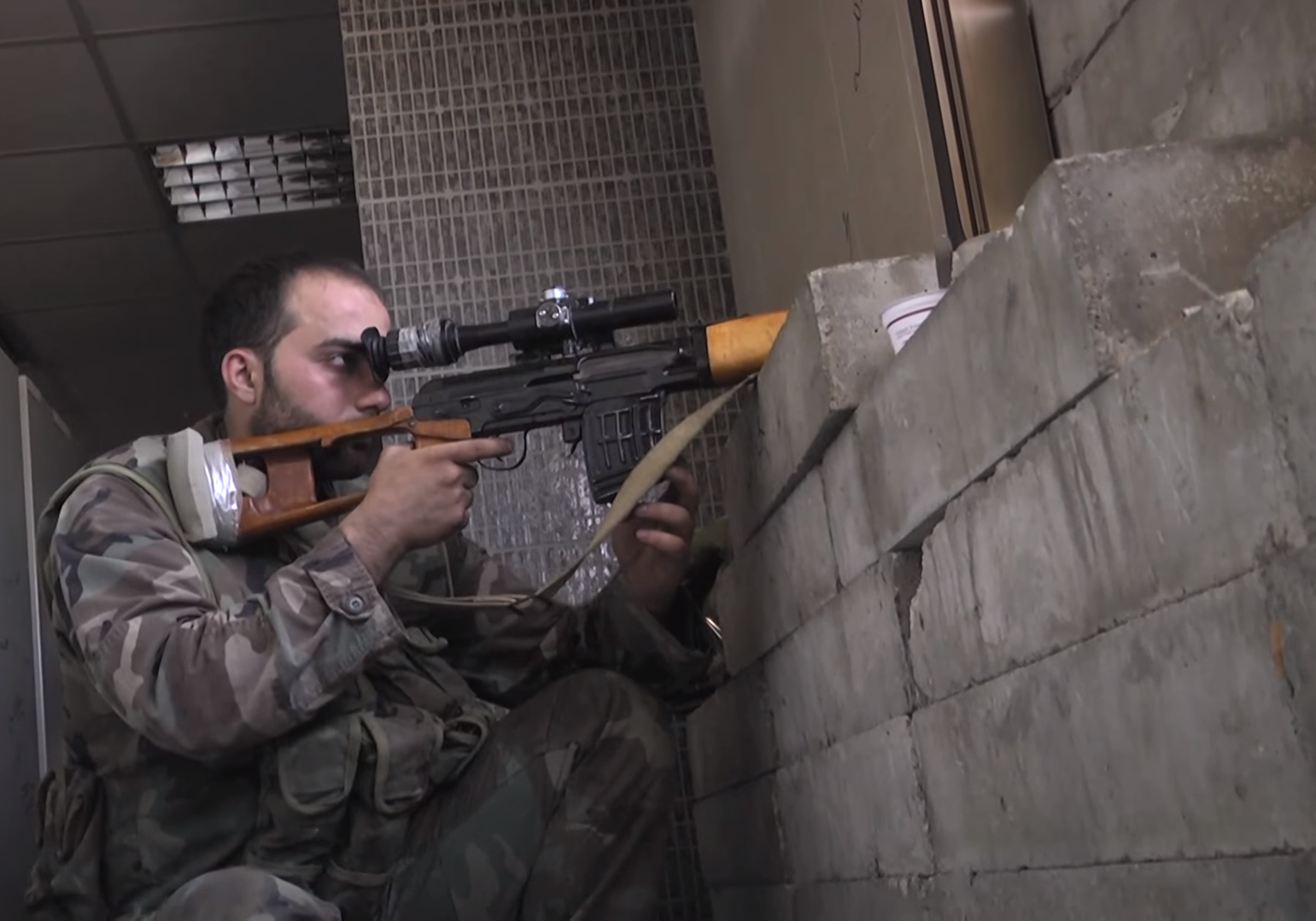
Rise of the Ba’ath Party in Syria
Authoritarian rule in Syria was defined by one man: Hafez al-Assad. But his rise to power was a long and turbulent road that propelled a rightly founded paranoia towards military dictatorship and was edified in its army and state security apparatus. Members of the Alawi religious sect dominated nearly all the positions of power in pre-war Syria. This was so apparent to Syrians that it would be exploited by both regime propagandists and its extremist enemies seeking to de-stabilise the country’s demographics. So, once the civil war’s language started shifting towards apocalyptic Jihadism, regime propagandists began to present the war as an existential threat to the Alawis.
But how did 12 per cent of the population come to have such an overwhelming majority in power? The Alawi minority, a mystical sect of Shia Islam, was viewed by the majority of mainstream Sunnis as heretical. Prior to French rule (1920-1941), the religious group were largely poor peasants who lived somewhat isolated in the mountainous refuge to which they had fled following bouts of persecution.
The French, after carving off Lebanon from Syria into a majority Christian state, also briefly created an independent Alawite homeland. The Alawis themselves were split between those favouring French rule and those who opposed it. Nonetheless, the French began to elevate many downtrodden peasants to positions of power within its colonial forces in a bid to buy loyalty – especially in terms of controlling the Sunni majority, as well as the anti-colonial movement that had begun to sweep the Houran and Damascus. As a result, many Alawis came to view the military as a convenient means of social mobility.
By the time of the union between Syria and Egypt under Egyptian president Nasser in 1958, a significant portion of the army was Alawite. When Nasser’s union solidified, political parties were made illegal, including the fledgling Ba’ath Party. Syrian military units commanded by officers who were loyal to the Ba’ath Party, and considered too dangerous to remain in Syria, were stationed in Egypt. Here, a group of five officers, three of them Alawis, known as the Military Committee began to meet. When Nasser was overthrown by a coup in Syria in 1961, they began to plan their own rise to power.
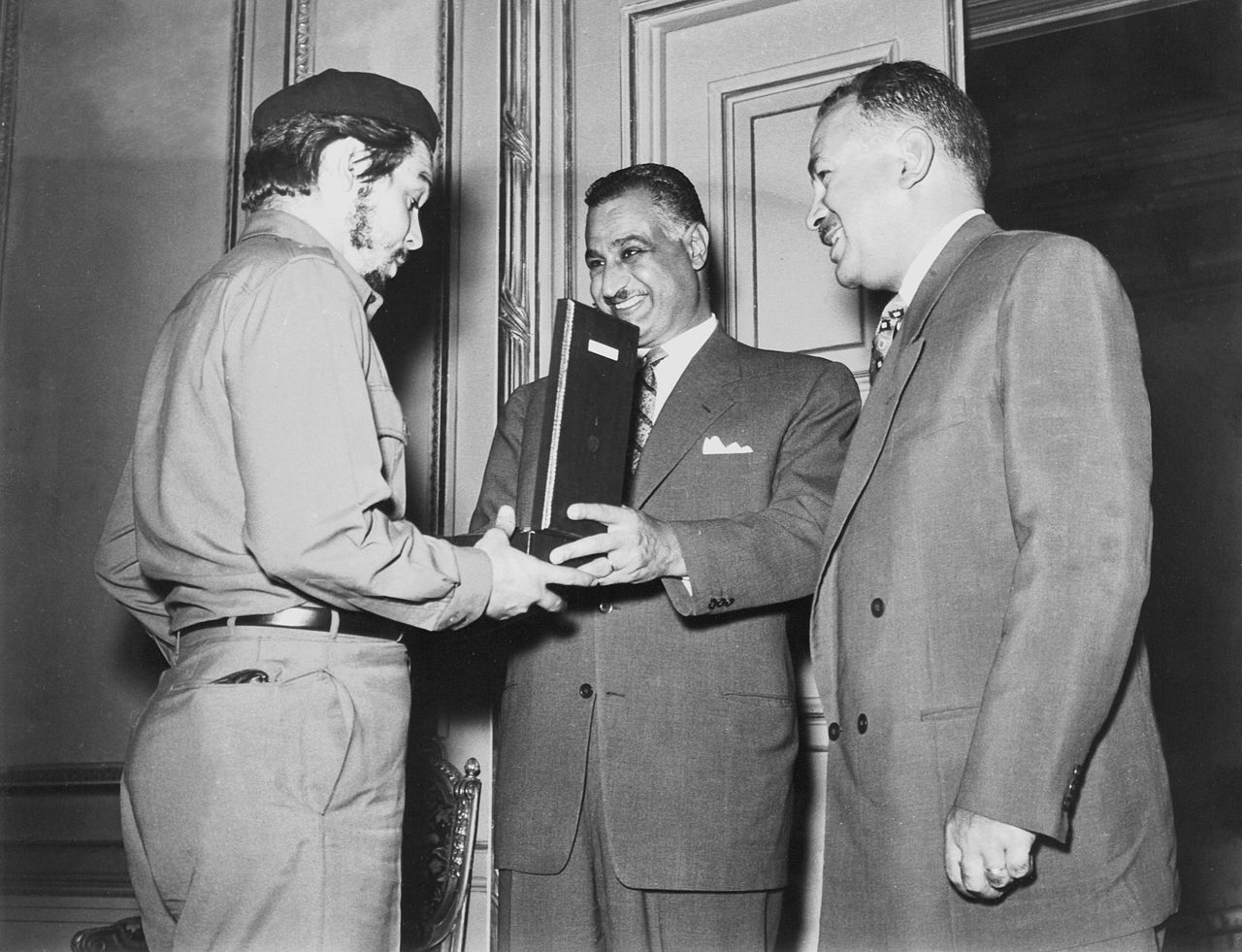
Under the auspices of being pro-reunification with Egypt, they curried the favour of Nasserist officers who had been recently dismissed from their positions. In terms of popular support, the Ba’ath Party was almost nonexistent. So, in 1963, when the party overthrew the elected government of Nazim al-Kudsi, it desperately needed to buy favours. Although it did this, it also almost immediately began dismissing other members of the military it saw as disloyal.
If all this seems hard to keep track of, it’s not without good reason. Hafez’s meteoric ascendancy occurred during a period of prolonged political instability following independence from France. From 1946 until 1956, Syria went through multiple coup d’états including three in 1949 alone. In this ten-year period, despite Syria having brief periods of free and democratic elections, the military would inevitably always assert itself – although almost always without violence. During this period, there were more than 20 different cabinets and four separate constitutions. The Ba’athist coup in 1963, under the guise of the Corrective Movement and led by Hafez, promised the Syrian people stability.
A power struggle ensued between the five men who comprised the secret Military Committee as they attempted to outmanoeuvre one another for control. This resulted in two assassinations, one suicide and one prolonged imprisonment. The original founder of the Ba’ath Party, Michel Aflaq, was even exiled. Quietly, Hafez began promoting hand-selected officers behind the scenes. They mostly made sure to maintain a succession of Sunni figureheads. Finally, in 1970, after the failed Black September operations in support of the Palestine Liberation Organisation in Jordan, pro-leftist Salah Jadid was arrested by Hafez’s troops and he would stay in power for the next 30 years.
Hafez called his programme for stability ‘National Reconciliation’. During this time he met with many rival political leaders, like those of the Communist Party as well as powerful leaders of all sects: Druze, Christian, Sunni, Ismaili and others. He promised them an integral role in the new state. Because he was always aware of his public image, he even had a prominent Shia cleric issue an edict that Alawis were indeed nothing more than an offshoot of the more publicly acceptable Shi’ism. From this carefully sculpted balance, the modern, secular, socialist Syria was born.
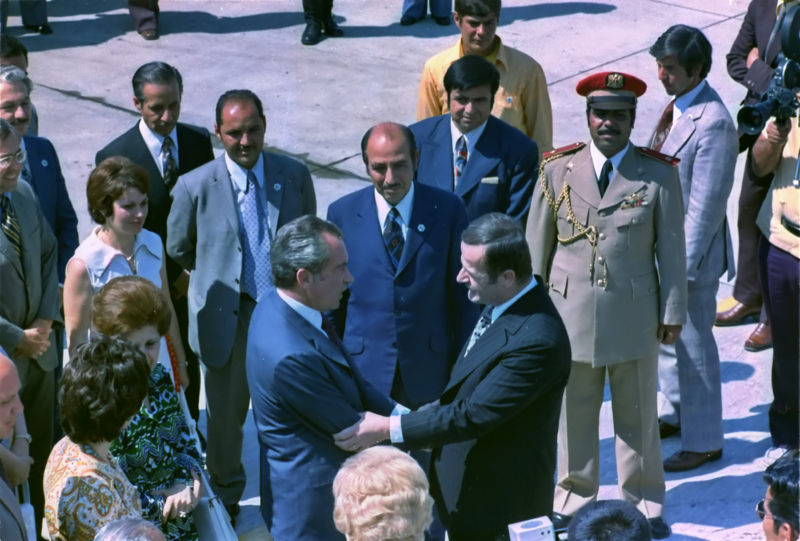
The Muslim Brotherhood and Islamism in Syria
The country’s first challenge came shortly after, in 1964. The Sunni Muslim Brotherhood exploited the divided sectarian to mobilise the disaffected, dissident stronghold of Hama into demonstrations calling for the repeal of the Emergency Law. The Brotherhood had been established in Syria by Mustafa al-Siba’i in 1945, albeit with a more socialist bent than its Egyptian counterpart. In 1964, instead of being brought into the discussion, they were met with a massacre of hundreds. Most importantly, the al Sultani Mosque was shelled with civilians still inside, including Marwan Hadid.
This man was radicalised by the traumatising experience inside the Sultani Mosque and became convinced that armed insurrection was the only means for seizing power. For these words, he would eventually be arrested and die in prison. Nonetheless, many heeded his call.
Throughout the 1970s, the Brotherhood embarked on an assassination campaign of Ba’athists, but more extreme elements even targeted people simply for being Alawis. Things came to a head with a 1979 attack on the Aleppo Artillery Academy and a grenade assassination attempt of Hafez, which was smothered by his bodyguard. Although the mainstream Brotherhood denied involvement, an offshoot of the more radical variant of their ideological progeny persisted.
After this, a crackdown began. Hafez, enraged by the attempt, sent his brother Rifaat and his special forces to the political Tadmor (Palmyra) Prison and massacred those held there.
But the Brotherhood didn’t go away. In February 1982, a desperate wing of the group attempted to stage an uprising in Hama. Initially, a core of about 300 fighters achieved considerable success due to surprise. However, when the regime caught wind, they sent in Rifaat’s elite troops, as well as overwhelming artillery and airpower. Any person in the street was considered a legitimate target and enemy combatant. After two weeks, the entire town was flattened and in ruins. According to the archives of the former East German intelligence, up to 40,000 people were killed. It became one of the worst crimes of the modern Middle East.
Hafez blamed the attacks on a foreign conspiracy. Inside Syria, a 15-year purge began. People from the Brotherhood were rounded up and membership of the group became a capital offence in Syria. Realising his brother’s extensive power over exclusively loyal troops, Hafez sent Rifaat into exile and had the units he commanded disbanded.
With this, Islamism was effectively driven underground and opponents were afraid of ever speaking out. As a result, a cult of personality began to develop. Within the context of martyrdom, Islamism became a legitimised political opposition that tempted those dispossessed under the surface of a tough secular state.
When the revolution turned to civil war by 2012, extremist groups like Al-Qaeda began to pour in from neighbouring Iraq. They capitalised on the instability to manipulate their way into small fundamentalist psuedo-states.
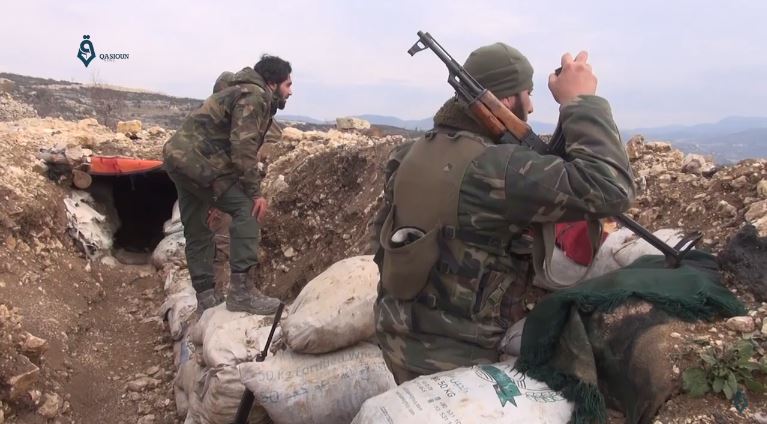
Russia, Turkey and Hezbollah
Syria’s geographically strategic location near the Mediterranean, its alliance with Russia and Iran, as well as its position as the keystone in the Palestinian-Israeli conflict have complicated the international response. It holds the key to regional stability, especially in the case of Turkey’s relationship with the Kurds. Essentially, the general approach by nations has resulted in prolonging the conflict but inadvertently forcing it to overflow.
For reasons of mutual enmity towards Israel, as well as Saddam Hussein’s Iraq, Iran began to forge an alliance with Hafez’s government. Despite their obvious ideological differences, this has been one of the longest standing in the Middle East.
When the uprisings in 2011 started, Iran began to advise Syria’s PR. Not only this, but when the armed insurrection began, they started providing arms and advisors to Syrian troops. As the situation worsened, elite Iranian units themselves began to emerge on the battlefield at the most strategic places.
Another major shared foreign policy of both Syria and Iran is their support of the Lebanese group Hezbollah. Syria had started backing Hezbollah as a proxy during the occupation of south Lebanon by Israel. Invited by the Arab League in the late 1970s into an occupation that would last 30 years, ostensibly as peacekeepers, Syria and Hezbollah maintained a status quo in a fragile sectarian state. Within six months of Syria’s withdrawal following the Rafiq Hariri assassination in 2005, Israel began bombing Hezbollah in Lebanon and followed up with ground troops. Syria and Iran started exponentially upping their aid to Hezbollah.
When Syria’s own crisis began, Hezbollah staged pro-Assad demonstrations in Beirut. Later, Hezbollah troops would also become militarily instrumental. It was Hezbollah troops that led the assault on Homs and Qusayr to dislodge the FSA. When the Syrian army started experiencing mass defections and was low on manpower, Hezbollah – as well as its Iraqi Shia allies – provided the troops to fill in the gaps.
Likewise, the USSR and then Russia has been one of Syria’s most outspoken allies. Initially, Syria turned to the Soviets to request assistance in the construction of public infrastructure projects during the 1960s.
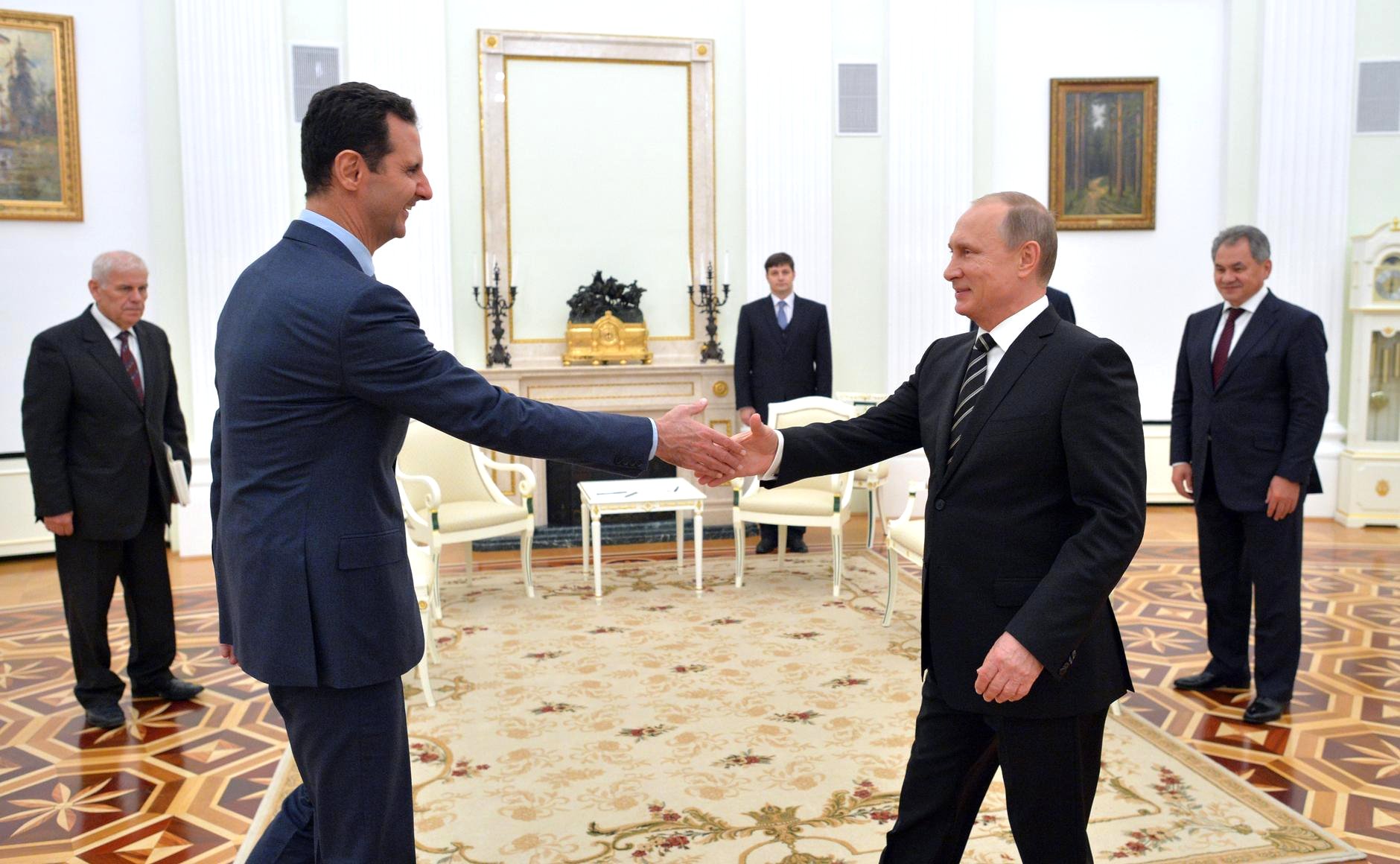
Because the early Ba’athist state was somewhat hostile to Marxism, and preferring its own brand of socialism instead, the alliance seemed somewhat unlikely. Nonetheless, the interest rates offered to Syria by the USSR were lower than those offered by any other nation. In exchange, Syria also loosened its grip on its communist dissidents and integrated them into the government after a long period of simply jailing them. For the USSR, the alliance presented an opportunity to counter US influence in the region in the guise of Israel and later Jordan and Egypt.
While modern Russia continued to promote the view of Syria as under attack by a foreign conspiracy, Turkey was quick to jump in on the side of Hafez’s opponents. In the 1970s, Turkey and Syria became entangled in a proxy war through the Kurds. When Turkey built its first set of dams on the Euphrates and effectively cut off a large supply of Syria’s water downstream, Syria started to arm the Kurdish separatist group the Kurdistan Workers’ Party (PKK) to retaliate. Turkey began to allow the Syrian opposition to congregate within its borders. It armed rebels through covert means, and later would act as the US’s proxy in choosing vetted rebels eligible for aid. As Turkey took in thousands and thousands of refugees, it also built up its military border presence.
Saudi Arabia and Qatar have traditionally been among those states most interested in countering Iranian influence, and were also long-time opponents of the Syrian regime. They began to aid the opposition, albeit those who they had specifically chosen for what they saw as pious merit. This channelled an increasing amount of firepower towards groups that had alternate visions for a future Syria that had strayed far from the goal of the original demonstrators in Dara’a. As these third-party players, who were better equipped both in terms of firepower and ideology, overcame the disorganised Syrian rebels, they began to capitulate.
Added to this, Al-Qaeda fighters in Iraq, who had resisted the American occupation, began to pour in and overpower even these groups. With them, they brought not only experienced fighters, but also an extremely polarised and radical vision for an Islamic state. When they became cut off from Al-Qaeda for being too extreme, they formed ISIS. As they carved out a chunk of eastern Syria for themselves, the current map of the Syrian Civil War was drawn.
Marwan Kamel is a musician and activist to who works with refugees, his writing on the history of the Islamic world appears regularly in History of War. You can subscribe to the magazine from as little as £13.
